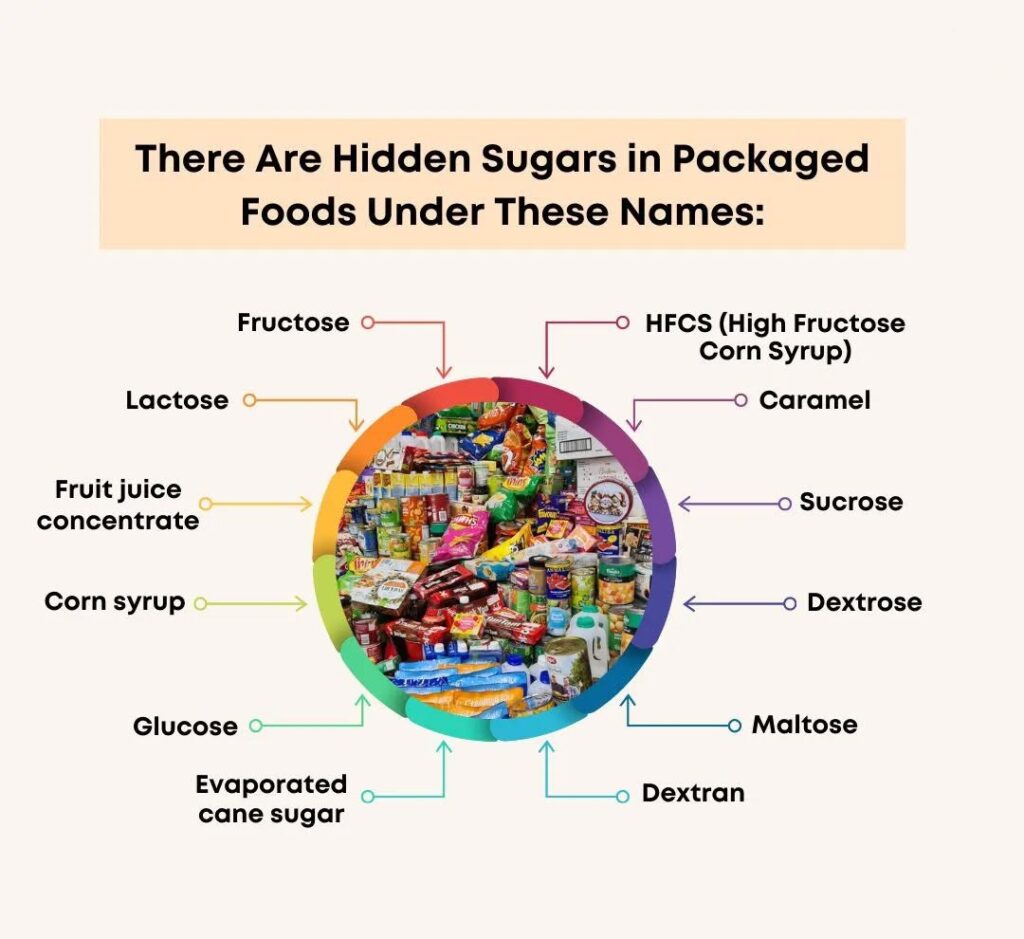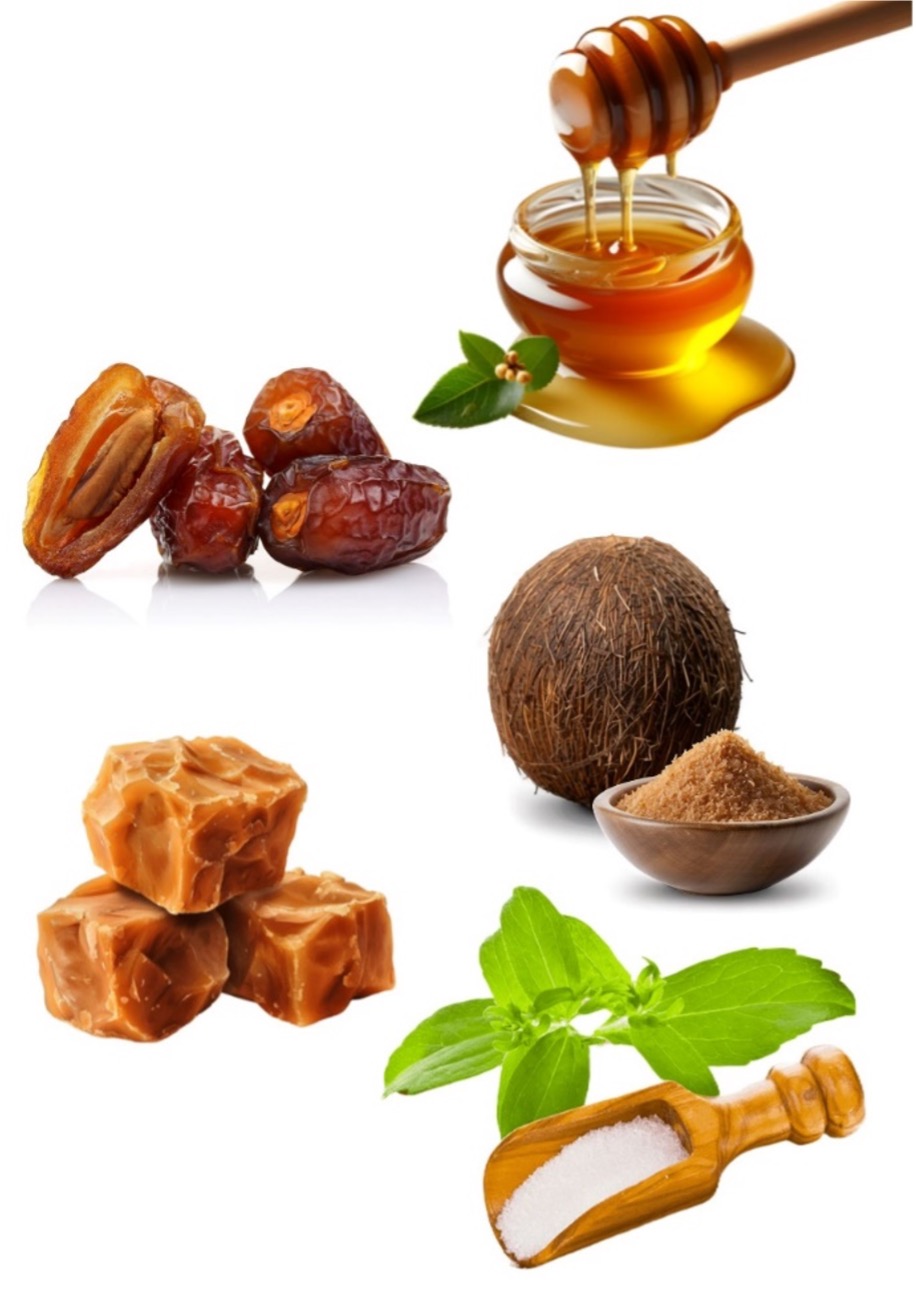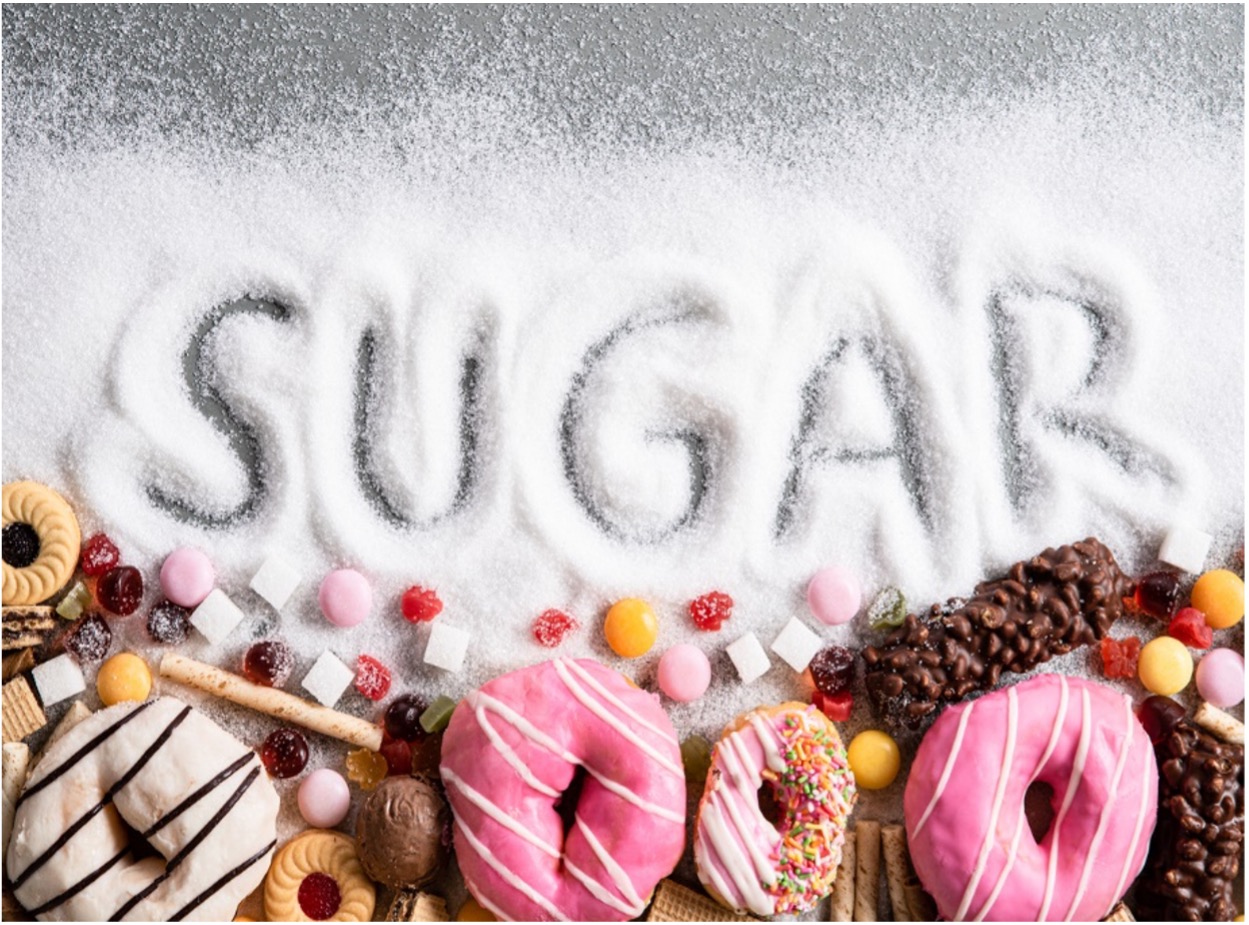Article Written by : Viral Chauhan
Synopsis:
This article explores the dangers of hidden sugars in processed foods and offers healthier alternatives like honey, jaggery, and stevia. It also briefly discusses artificial sweeteners and emphasizes the importance of moderation in sugar consumption.
Alternatives of Sugar: Understanding Harmful Sugars and Healthier Options
Sugar has quietly become a major part of our daily lives. It’s not just in desserts or candy—it’s hidden in places we often don’t expect, like bread, sauces, and drinks. While it adds flavour and is hard to resist, sugar comes with serious health risks. Consuming too much can lead to weight gain, increase the risk of diabetes, and strain the heart, leading to long-term problems like heart disease.
In recent years, people have become more aware of how sugar affects their health. They’re reading labels, cutting back on sugary snacks, and searching for healthier options. But the question remains: can we still enjoy sweetness without the dangers?
This exploration will dive into the hidden ways sugar impacts our bodies and uncover healthier alternatives to help us satisfy our cravings while staying healthy.
The Hidden Danger: Harmful Sugars in Packaged Food

When you pick up a granola bar or pour a “low-fat” yogurt into your bowl, do you think about the sugar hiding inside? It’s not always the familiar white granules we think of as sugar. Modern food production has introduced a multitude of sweeteners, many of which masquerade under scientific names, blending seamlessly into ingredient lists.
1) Glucose: Imagine a pure, crystalline sweetness, ready to deliver an instant energy boost. That’s glucose, a simple sugar found in countless foods. While our bodies rely on it for energy, excessive intake is like throwing gasoline on a fire—it burns brightly but fades quickly, leaving behind erratic blood sugar spikes and crashes that harm those with diabetes or insulin resistance.
2) Fructose: Think of fructose as the wolf in sheep’s clothing. Naturally occurring in fruits, where it’s accompanied by fiber and nutrients, fructose in isolation becomes a potent threat. High Fructose Corn Syrup (HFCS), its industrial counterpart, saturates sodas, cookies, and sauces, wreaking havoc on liver health and metabolic systems. The result? A hidden invitation to insulin resistance and fatty liver disease.
3) Sucrose: Picture sugar’s poster child—the white crystals in sugar bowls worldwide. Known as sucrose or table sugar, it’s derived from sugarcane or sugar beets. Its sweet taste masks a bitter reality: obesity, tooth decay, and an increased risk of heart disease.
4) Maltose: Found in the comforting warmth of malted drinks or the bubbles of beer, maltose is a sugar that brings nostalgia. Yet, like glucose, it raises blood sugar rapidly, leaving behind potential health risks when overindulged.
5) Lactose: The creamy sweetness of milk owes its charm to lactose. For many, it’s a delightful indulgence, but for those with lactose intolerance, it’s a source of digestive discomfort—bloating, gas, and worse.
6) Galactose: A quieter player in the sugar lineup, galactose often hides within lactose. It rarely takes center stage but still contributes to metabolic disturbances when consumed in excess.
7) High Fructose Corn Syrup (HFCS): A true villain of modern diets, HFCS permeates everything from fizzy drinks to processed snacks. This chemically altered sweetener drives fat accumulation in the liver, fueling conditions like metabolic syndrome and obesity. It’s a stark reminder that not all sweetness is innocent.
Packaged foods, even those marketed as “healthy,” often exploit these sugars to enhance flavour. A quick glance at their ingredient labels reveals a web of sweeteners, each contributing to the rising tide of health issues worldwide.
Natural Sweetness: Healthier Alternatives

Despite sugar’s dominance, nature offers alternatives that balance indulgence with health. These natural sweeteners bring more than just sweetness—they carry nutrients and, often, a story of tradition.
1) Honey
Picture golden nectar dripping from a honeycomb, its rich hues reflecting the sun. Honey is more than a sweetener; it’s a source of antioxidants, vitamins, and anti-inflammatory benefits. From soothing sore throats to sweetening tea, honey brings a wholesome touch, though it, too, should be savored in moderation.
2) Jaggery:
Imagine the rustic charm of jaggery—a caramel-colored, unrefined sugar that retains the earthiness of its sugarcane or palm origins. Rich in iron, magnesium, and calcium, jaggery has long been celebrated in traditional cuisines, offering depth of flavor and health benefits over refined sugar.
3) Dates
Visualize the plump, amber-colored dates hanging from palm trees in the desert sun. Their natural sweetness is complemented by fiber, potassium, and magnesium, making them a versatile ingredient for desserts, smoothies, or on-the-go snacking.
4) Stevia
Envision the bright green leaves of the stevia plant, nature’s answer to zero-calorie sweetness. Extracted into powder or liquid form, stevia provides sweetness without spiking blood sugar levels, making it a favorite among those managing weight or diabetes.
5) Coconut Sugar
Coconut sugar, derived from the sap of coconut palm trees, is a natural sweetener that offers a lower glycemic index compared to refined sugar, making it a gentler option for blood sugar management. Rich in trace minerals like potassium, magnesium, and iron, it also contains inulin, a type of fiber that supports gut health. Coconut sugar’s caramel-like flavor makes it a versatile ingredient in baking and beverages. While it is less processed and retains some nutrients, it is still a form of sugar and should be consumed in moderation.

How to identify pure honey?
If you’re unsure whether the honey you’ve purchased is pure or fake, here are some simple tests you can try at home:
1. Water Test
• Fill a clear glass with water and gently add a spoonful of honey.
•Observe closely: real honey will sink to the bottom in a thick blob, while fake honey dissolves quickly and mixes into the water. This test works because pure honey is denser and doesn’t contain extra water or additives.
2. Thumb Test
• Place a small drop of honey on your thumb.
• Tilt your thumb slightly and see if the honey spreads. Pure honey will stay intact and sticky, holding its shape, while fake honey, diluted with water or sugar syrup, will flow or spread easily.
3. Heat Test
• Take a spoonful of honey and heat it over a small flame or candle.
• Pure honey will caramelize and darken but won’t bubble excessively. Fake honey, due to added sugars or moisture, may foam, bubble, or even burn.
4. Paper Test
• Drop a small amount of honey onto a piece of plain paper or tissue.
• Wait a few seconds. Pure honey will remain in place without soaking through, as it has little to no water content. Fake honey, containing water or syrups, will wet the paper and spread.
By performing these easy and straightforward tests, you can confidently identify if your honey is pure and enjoy its natural goodness.
The Role of Artificial Sweeteners:
Artificial sweeteners, widely used as low-calorie sugar substitutes, are popular for their ability to provide sweetness without the caloric impact of sugar. Common types include aspartame, sucralose, saccharin, and acesulfame-K, found in products ranging from diet sodas to sugar-free desserts.
Marketed as safe and effective tools for managing weight and controlling blood sugar levels, these nonnutritive sweeteners (NNS) have recently come under scrutiny. Emerging research has raised concerns about their long-term safety, suggesting potential links to serious health risks, including an increased likelihood of stroke and heart disease.
Contrary to their intended purpose, some studies indicate that artificial sweeteners might not support weight loss effectively. This may be due to compensatory eating behaviors, where individuals consume more calories from other sources, undermining the calorie reduction achieved by using NNS.
As debates around their health impact continue, experts suggest moderation and advocate for more comprehensive research to better understand the risks and benefits of artificial sweeteners.
While these sweeteners are considered safe within established limits, emerging research highlights potential long-term effects. Moderation is key, and individuals may consider natural alternatives like stevia or monk fruit as safer options for reducing sugar intake.
Savoring Sweetness Wisely
Sugar has been a part of human history for centuries, symbolizing indulgence and comfort. But in today’s world, not all sweetness is good for us. Hidden sugars in processed foods can harm our health, making it important to be mindful of what we consume.
Natural alternatives like honey, jaggery, dates, and stevia provide a healthier way to enjoy sweetness. These options not only add flavor but also come with some nutritional benefits.
By choosing these alternatives and limiting sugar intake, we can enjoy life’s sweet moments while staying healthy. It’s all about finding the right balance between health and pleasure.





